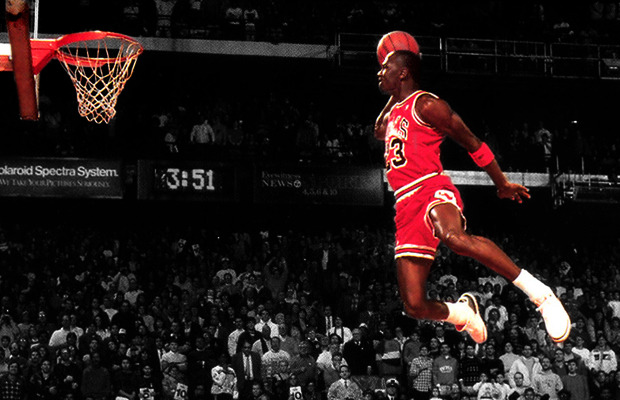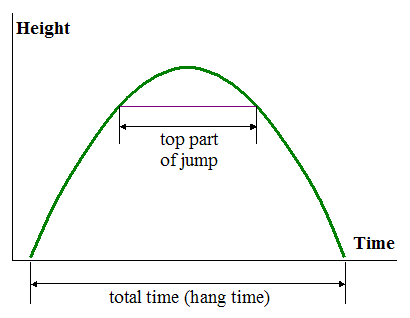1) Shoot a high field goal percentage (40%): The benefit of a high shooting percentage is obvious. NBA teams with the higher field goal percentage won 79% of the games.
The shooting factor is measured using Effective Field Goal Percentage (eFG%). The formula for both offense and defense is (FG + 0.5 * 3P) / FGA
2) Do not commit turnovers (25%): Turnovers are important because if team cannot shoot, never mind scoring. The NBA team with fewer turnovers wins about 58% of the time.
The turnover factor is measured using Turnover Percentage (TOV%). The formula for both offense and defense is TOV / (FGA + 0.44 * FTA + TOV).
The turnover factor is measured using Turnover Percentage (TOV%). The formula for both offense and defense is TOV / (FGA + 0.44 * FTA + TOV).
3) Get offensive rebounds (20%): Offensive rebounding can make up for poor shooting percentage, particularly as shots off of offensive rebounds are more likely to result in scores than initial field goal attempts. Offensive re-bounders increase their field goal percentage from 41% to 48% and points per play from about 0.80 to 0.94. In the NBA, if shooting percentages are about equal, the team with more offensive rebounds wins 63% of the games.
The rebounding factor is measured using Offensive and Defensive Rebound Percentage (ORB% and DRB%, respectively). The formula for offense is ORB / (ORB + Opp DRB), while the formula for defense is DRB / (Opp ORB + DRB).
4) Get to the foul line frequently (15%): Interestingly, it is more important for teams to get to the foul line frequently than it is for them to hit a high percentage out of their foul shots. The NBA team that commits fewer fouls wins 67% of the games.The rebounding factor is measured using Offensive and Defensive Rebound Percentage (ORB% and DRB%, respectively). The formula for offense is ORB / (ORB + Opp DRB), while the formula for defense is DRB / (Opp ORB + DRB).
The free throw factor is a measure of both how often a team gets to the line and how often they make them. The formula for both offense and defense is FT / FGA.
Teams that consistently win basketball games do at least three of these things well. If a team doesn't shoot well, it must do the other three things better. Having this numbers is of vital importance to coaches and players during their training and practices.
 Source: Basketball-Reference.com
Source: Basketball-Reference.com









